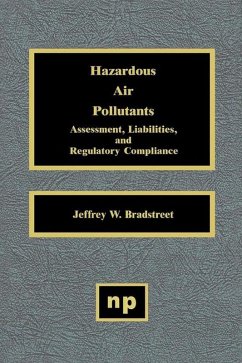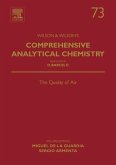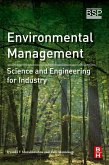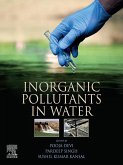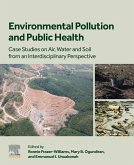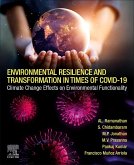Title III of the 1990 Clean Air Act Amendments provides for the permitting and control of sources emitting as little as ten tons per year of one of 189 federally listed hazardous air pollutants. In addition, sources emitting lesser quantities of 100 of these 189 hazardous air pollutants have to develop risk management plans to prevent accidental releases. This requirement is very similar to the Occupational Safety and Health Administration regulation for protecting workers from accidental releases. Approximately ten other federal regulations also deal with emissions of hazardous pollutants. In addition, state regulations address up to 460 hazardous air pollutants. Deadlines for establishing compliance with the federal requirements are currently being implemented for some industry categories and are scheduled to be completed by 2003.
To effectively respond to this myriad of hazardous air pollutant regulations and maintain a viable business, owners and operators of industrial facilities need to understand: the pollutants that are regulated as hazardous, applicable state and federal requirements, sources of hazardous air pollutants, the quantification of hazardous air pollutant emissions, potential risks and liabilities, and the best means to establish a compliance program.
This book provides a review of the regulatory requirements affecting sources of hazardous air pollutants, the methods for inventorying and measuring emissions, methods for evaluating potential risks and liabilities due to hazardous air pollutant emissions, and approaches available to reduce emissions and establish a hazardous air pollutant compliance program.
Dieser Download kann aus rechtlichen Gründen nur mit Rechnungsadresse in A, B, BG, CY, CZ, D, DK, EW, E, FIN, F, GR, HR, H, IRL, I, LT, L, LR, M, NL, PL, P, R, S, SLO, SK ausgeliefert werden.

